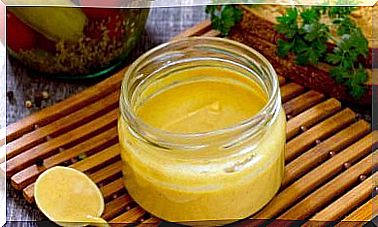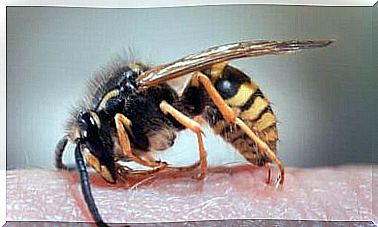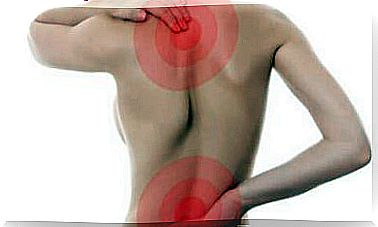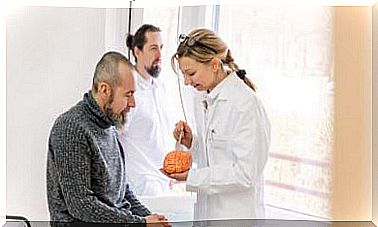What To Do With A Low Platelet Count

A low platelet count is something you may be concerned about. As a result, you may have a tendency to think that there is something wrong with your body.
However, don’t be alarmed. The body recognizes when the platelet level is low and will try to respond quickly.
In this article, we’ll give you some information about what to do if you have a low platelet count.
What are platelets?
Platelets are cells that are part of the blood and play a role in clotting. Because of this, it is important to determine why your platelet count is outside the normal range. Normally, the platelet count is between 150,000 and 450,000 per cubic millimeter.
Some viral infections, such as dengue, chikungunya or AIDS can be responsible for changes in platelet counts. In addition, there are some blood conditions such as cirrhosis, a lack of vitamin B12 or the use of drugs that can affect your platelet count.
Signs You Have a Low Platelet Count
Determining that there has been a change in your platelet count is something only a doctor can do. However, the body can give you several warning signs that can help you diagnose low platelet levels at an early stage.
Unusual fatigue

One of the first signs that you have a low platelet count is that you feel very tired for no apparent reason.
In fact, you feel tired every day throughout the day. This, in turn, can affect your appetite.
Rash and bruises
The next sign that you may have a low platelet count is the appearance of a skin rash. It mainly occurs on your back, torso and arms.
You can easily distinguish this rash by its round shape and red-purple color.
When your platelet count is outside the normal range, bruising can easily appear. Even if you haven’t bumped yourself.
muscle strain

Another indicator that can come from a low platelet count is a sharp muscle pain and difficulty moving.
This is often accompanied by fatigue and weakness in general.
What should you do if you have low platelets?
If you suffer from the above symptoms, you should see a specialist who can perform the necessary tests. Once it has been determined that you have a low platelet count and the doctor has instructed you, it is best to adopt a healthy diet.
Eat foods rich in iron, such as spinach, lentils, liver, clams, cranberries, blackberries, and bean sprouts.
Also include foods in your diet such as red pepper, grapefruit, orange, strawberries, and coconut water. These are all important sources of vitamins A, B, C, D and K.
Recipes to restore your platelet count
Below we will show you some recipes that promote the absorption of nutrients that are necessary for good platelet levels.
Smoothie full of iron
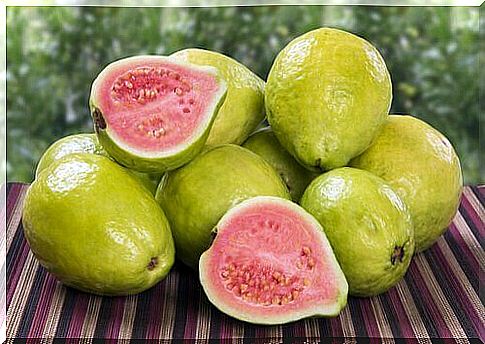
Ingredients
- 5 ripe guavas (450 grams)
- 1 red bell pepper (200 grams)
- 1 mineral water or boiled water (250 milliliters)
Preparation
- Wash the guavas and the bell pepper.
- Cut the guavas into medium sized pieces without peeling them.
- Cut the bell pepper and remove the seeds.
- Put everything together in a blender and add the water. Make sure the smoothie is well mixed.
- Pour out and serve.
Drink a glass of this drink in the morning, one in the evening and another before going to sleep.
Salad rich in nutrients
Ingredients
- 1 carrot (300 grams)
- 1 beetroot (300 grams)
- 8 stalks of broccoli (400 grams)
- 1 red bell pepper (200 grams)
- 2 bunches of spinach (120 grams)
- 2 bunches of watercress (120 grams)
- 1 garlic clove, crushed (5 grams)
- 1 tablespoon whole or chopped nuts (100 grams)
- Lemon juice (50 milliliters)
- 2 tablespoons olive oil (30 milliliters)
- A pinch of salt (10 grams)
Preparation
- Clean all vegetables well.
- Peel the beetroot and carrot and cut them into medium sized pieces.
- Put them in a pan of boiling water along with the broccoli and cook for 5 minutes (this is to preserve their vitamins and proteins).
- Drain the water and submerge the vegetables in cold water.
- Cut the beetroot and carrot into smaller pieces and place them in a bowl.
- Cut the bell pepper into strips and add them to the beetroot and carrot.
- Roughly chop the spinach and watercress and add to the bowl.
- Add the rest of the ingredients: lemon juice, crushed garlic, olive oil, nuts and salt to taste.
- Mix everything together and serve.
However, it is very important that you do not play doctor yourself. Your doctor will prescribe you appropriate treatment. However, you can supplement these with some home remedies.
Eating foods that increase the intake of iron, vitamins and other nutrients is ideal. It is good for both prevention and cure of a wide range of diseases.
